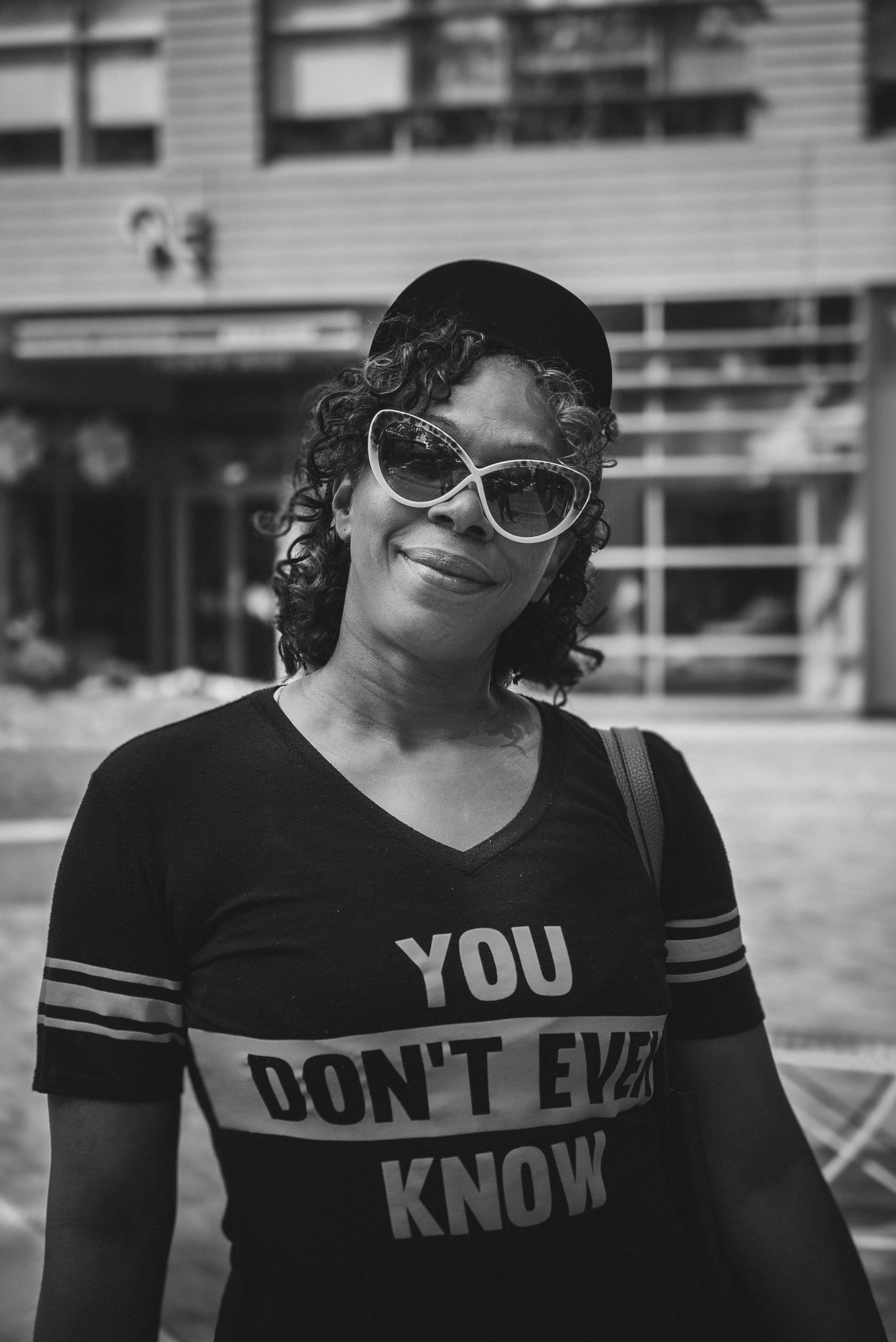Shoulder Pain and Movement Conditions
Our staff is comprised of multiple Board-Certified Orthopedic Surgeons, and we are highly qualified to diagnose and treat common ailments in the shoulder, including arthritis, bursitis, impingement syndrome, labral tears, rotator cuff tears, shoulder separation, spurs and tendonitis. For more information about shoulder pain relief, call 754-205-0682 or fill out the form to the right.
Bursitis
Bursa are located throughout the body – mostly where muscles and tendons glide over bones – to help decrease friction between surfaces as they move in different directions. When bursa become inflamed and loses the ability to glide, it is called bursitis. Bursa becomes irritated, rough, and swollen, causing increased friction within an already confined space. Bursitis may be caused by traumatic injury, repetitive movement, excessive or prolonged pressure, or inflammatory illnesses such as rheumatoid arthritis.
Symptoms of bursitis include:
Tenderness
Pain with movement of the arm or on the outside of the shoulder or upper arm
Swelling
Shoulder pain can affect your quality of life and ability to work if it is not treated properly. Treatment may require shoulder surgery from one of our specialists.
Patients with bursitis almost always respond to non-surgical treatment, which may include:
Anti-inflammatory medications
Cortisone injections
Ice application
Shoulder exercises/physical therapy
Shoulder Impingement syndrome
Shoulder impingement syndrome is a shoulder condition that occurs when the tendons of the rotator cuff muscles become irritated and inflamed with shoulder movement. It is a common injury among swimmers, pitchers, and quarterbacks and is sometimes called swimmer’s shoulder or thrower’s shoulder.
Symptoms include pain, weakness and loss of movement. Often, pain is worsened with overhead movement of the shoulder, at night, and/or when the person lies on the affected shoulder. A grinding or popping sensation may be felt during movement.
Our doctors diagnose impingement syndrome with a physical exam and images (x-ray, MRI). Conservative treatment may include rest, medication, physical therapy and/or cortisone injections. Arthroscopic surgery is another option.
Labral Tear
A labral tear is a tear in the shoulder joint cartilage. The cartilage is a ring of soft tissue holds the hip joint together. This cartilage follows the outside rim of the socket of the shoulder joint and is called a labrum. People born with structural abnormalities or those with osteoarthritis are susceptible to a labral tear. It may also be caused by trauma to the shoulder or repetitive motions in sports.
Symptoms of a labral tear include hip pain and/or a “catching” sensation in the shoulder. After examining and diagnosing a labral tear, our doctor might recommend medication to relieve the pain, physical therapy, and/or arthroscopic surgery.
Osteoarthritis & Rotator Cuff Tears
The rotator cuff is a group of four muscles and several tendons that cover the top of the upper arm bone (humerus), hold it in place and enable the arm to rotate. Although rotator cuff tears may occur from an injury, most tears result from wear and tear. Athletes– including baseball and tennis players, weight lifters and rowers – are susceptible.
Symptoms include pain with the lifting of the arm; pain when lowering the arm; weakness when moving the arm; and/or a crackling sensation when moving the shoulder in certain positions.
Our doctors diagnose rotator cuff tears with a physical exam and imaging (x-ray, MRI). Treatments may include rest, a sling, medications, injections, physical therapy, Regenerative Injection Therapy with platelets and stem cells, and/or arthroscopic surgery.
Shoulder Separation / Dislocation (Injury to the Acromioclaviclar Joint)
A shoulder separation is an injury to the acromioclaviclar (AC) joint. The shoulder is a joint that is formed by three bones: the collarbone, the shoulder blade, and the arm bone. A shoulder separation occurs where the collarbone and the shoulder blade come together. A separation is most commonly a result of a sudden, traumatic event such as a direct blow to the shoulder or a fall on an outstretched hand.
Symptoms include pain, swelling, and bruising in the shoulder area.
Once our doctor diagnoses a separated shoulder, he might recommend icing, rest, medication, Regenerative Injection Therapy, orthopedic surgery, and/or physical therapy.
Spurs
As people age, bones grow and edges may sharpen. These little growths on the outside of the bone are sharpened edges called bone spurs, and they may cause pain by rubbing on nerves or pinching tendons.
After diagnosing shoulder bone spurs with a physical exam and imaging (x-rays, MRI), our doctor might recommend arthroscopic surgery to relieve pain and to help the patient regain full use of the shoulder.
How long does it take to heal?
While the exact healing time depends on your specific injury, it is important to point out that BOMC uses a very unique surgery method that includes Stem Cells to begin healing immediately, as well an anchoring method to start recovery immediately. Although there is some dispute in the medical community, we have found that these methods dramatically shorten the recovery time for our patients, and lead to a more complete recovery.












